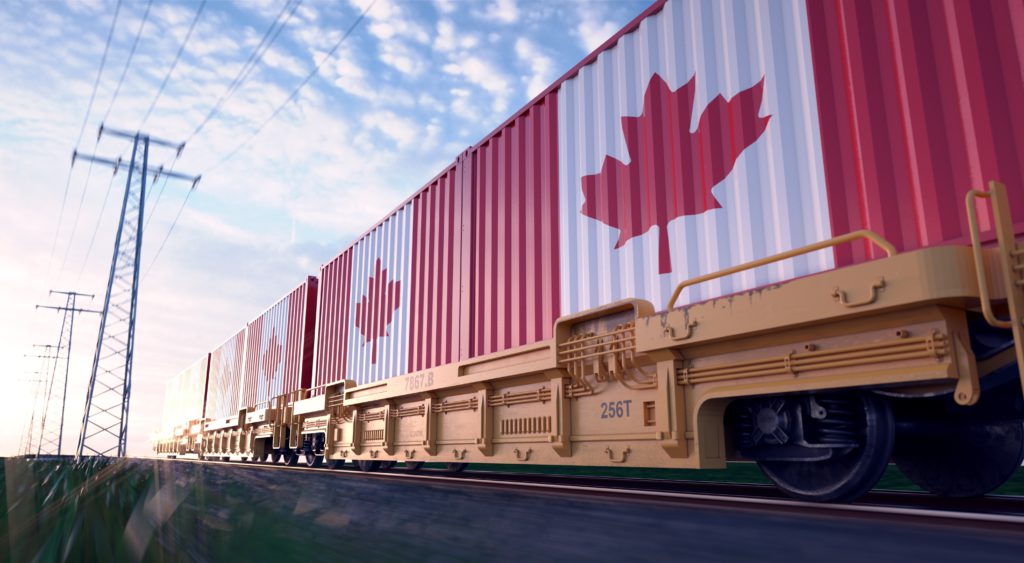Introduction
A groundbreaking report, Strategic Decarbonization of the Canadian Iron and Steel Industry, reveals Canada’s potential to dominate the global green iron market. Authored by Dr. Chris Bataille of Columbia University and Jonas Algers of Lund University, the study suggests this emerging industry could be worth up to C$25 billion annually while generating 14,000 new jobs. This comes at a critical time as the world shifts toward sustainable industrial practices to meet climate goals.
Main Body
The report outlines how Canada can transition from exporting raw iron ore to producing value-added green Hot Briquetted Iron (HBI) using hydrogen-based direct reduction technologies. Advances in these technologies, combined with geopolitical pressures and climate commitments, are making the iron and steel sector—once considered 'hard-to-abate'—increasingly decarbonizable. The authors emphasize the cost-competitiveness of low-emission steelmaking routes, including green and blue hydrogen pathways, in a rapidly evolving global market.
Regions like Québec and Labrador are identified as prime locations for this transformation due to their rich iron ore deposits, access to low-emission hydropower, and skilled workforce. The existing infrastructure, including rail networks and ports, further positions these areas to become global hubs for net-zero-aligned iron exports. The report notes that Canada exported over 44 million tonnes of raw iron ore in 2023, much of it in emissions-intensive forms. By adopting hydrogen and renewables for direct iron reduction, Canada could significantly reduce global steel emissions if it acts swiftly.
From an editorial perspective, this opportunity aligns with global trends toward sustainability and net-zero targets. However, questions remain: Can Canada mobilize the necessary investments and policy support fast enough to outpace competitors? How will this transition impact traditional iron ore export markets? Given the current geopolitical tensions and supply chain disruptions, Canada’s strategic positioning as a reliable supplier of green iron could also bolster its economic resilience—an angle worth exploring further amidst today’s volatile global trade landscape.
Conclusion
Canada stands at a crossroads with a transformative opportunity to lead in green iron production. By capitalizing on its natural resources, renewable energy, and infrastructure, the country could not only achieve significant economic gains but also contribute to global decarbonization efforts. Swift action and robust policy frameworks will be crucial to realizing this potential.
